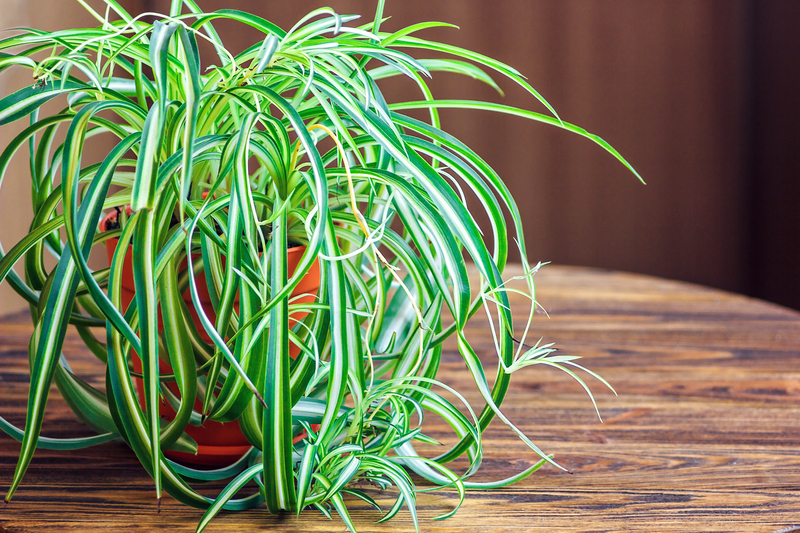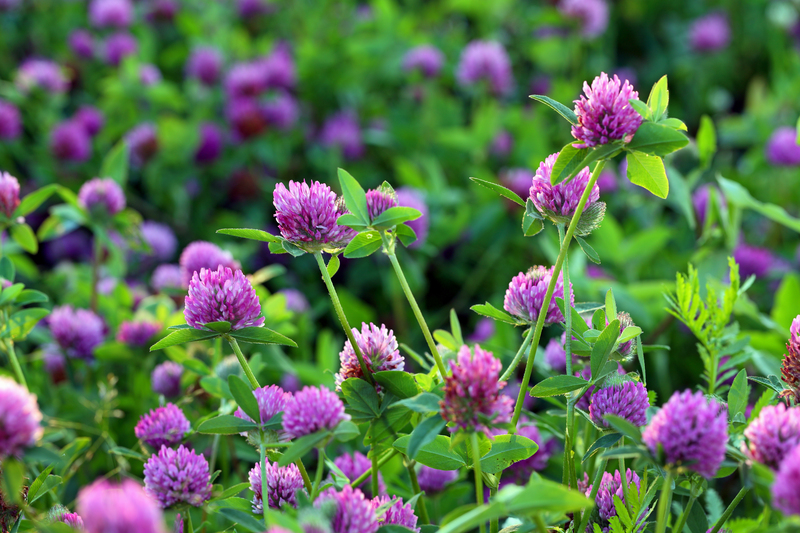Tips for Mowing and Watering in Summer
Posted on 06/04/2025
Keeping your lawn lush and green during the summer months can be challenging due to the hot temperatures and increased evaporation rates. However, with the right mowing and watering techniques, you can maintain a healthy, vibrant lawn even in the most blistering heat. Below are some essential tips for mowing and watering your lawn in summer.
Mowing Techniques for Summer
1. Adjust Mower Height
During the summer, it is crucial to adjust the height of your lawnmower blades. Taller grass shades the soil, reducing water evaporation and providing a cooler environment for root growth. Aim to keep your grass at a height of about 3-4 inches.
2. Mow Frequently but Not Too Short
Frequent mowing can prevent the grass from getting stressed. However, avoid cutting more than one-third of the grass blade length at a time, as this can weaken the grass and make it more susceptible to diseases and pests.
3. Keep Your Blades Sharp
Sharpen your mower blades regularly. Dull blades tear the grass rather than cut it, leading to jagged edges that can turn brown and increase the grass's vulnerability to disease.

Watering Techniques for Summer
1. Water Early in the Morning
Watering your lawn early in the morning, around 6-8 AM, ensures that the water penetrates the soil before the sun's heat increases evaporation. Morning watering also reduces the risk of fungal growth, which is more likely to occur if the grass remains wet overnight.
2. Water Deeply and Infrequently
Deep watering encourages the grass roots to grow deeper into the soil, making the grass more drought-tolerant. Aim to water your lawn about 1 inch per week, either through rainfall or manual watering. It's better to water deeply a couple of times a week than to shallowly water every day.
3. Use Mulch
Mulching your lawn can help retain moisture in the soil and reduce the temperature around the grass roots. Organic mulch, such as grass clippings and compost, is especially beneficial as it breaks down and enriches the soil.
Additional Tips for a Healthy Summer Lawn
1. Aerate Your Lawn
Aerating creates small holes in the soil, allowing air, water, and nutrients to penetrate the grass roots. This can significantly improve the health of your lawn during the summer by reducing soil compaction and enhancing root growth.
2. Monitor for Pests and Diseases
Summer is a peak time for pests and lawn diseases. Regularly check your lawn for signs of trouble, such as discolored patches or unusual spots on the grass blades. Early intervention can prevent minor issues from becoming severe.
3. Fertilize Wisely
Applying a slow-release fertilizer can provide your lawn with the necessary nutrients over an extended period. Be careful not to over-fertilize, as this can burn the grass and cause more harm than good.
Pros and Cons of Summer Lawn Care
Pros:
- Maintains a lush, green lawn that is pleasant and aesthetically pleasing.
- Healthy lawns can resist pests and diseases better.
- Promotes strong root growth and reduces soil erosion.
Cons:
- Can be time-consuming and requires regular attention and effort.
- Inefficient watering practices can lead to water wastage.
- Over-fertilizing or improper mowing can damage the lawn.

Takeaways
1. Optimal Mowing and Watering Are Key
Adjusting your mowing height and schedule, as well as watering deeply and infrequently in the early mornings, can make a significant difference in the health of your lawn.
2. Maintenance and Monitoring
Regular maintenance, such as sharpening mower blades and aerating the soil, along with vigilant monitoring for pests and diseases, is crucial for preventing problems.
3. Use Resources Wisely
Employing techniques like mulching and using slow-release fertilizers can provide long-term benefits while conserving resources and protecting the environment.
Conclusion
Maintaining a healthy, vibrant lawn during the summer months requires a combination of proper mowing, watering, and regular upkeep. By following the tips outlined in this article, you can ensure your lawn remains lush and green, even in the hottest weather. Remember to adjust your mower height, water deeply and infrequently, and keep an eye out for any signs of pests or diseases. With a little extra effort and attention, your lawn will thrive all summer long.






 Certified and experienced landscapers
Certified and experienced landscapers



 Get a Quote
Get a Quote